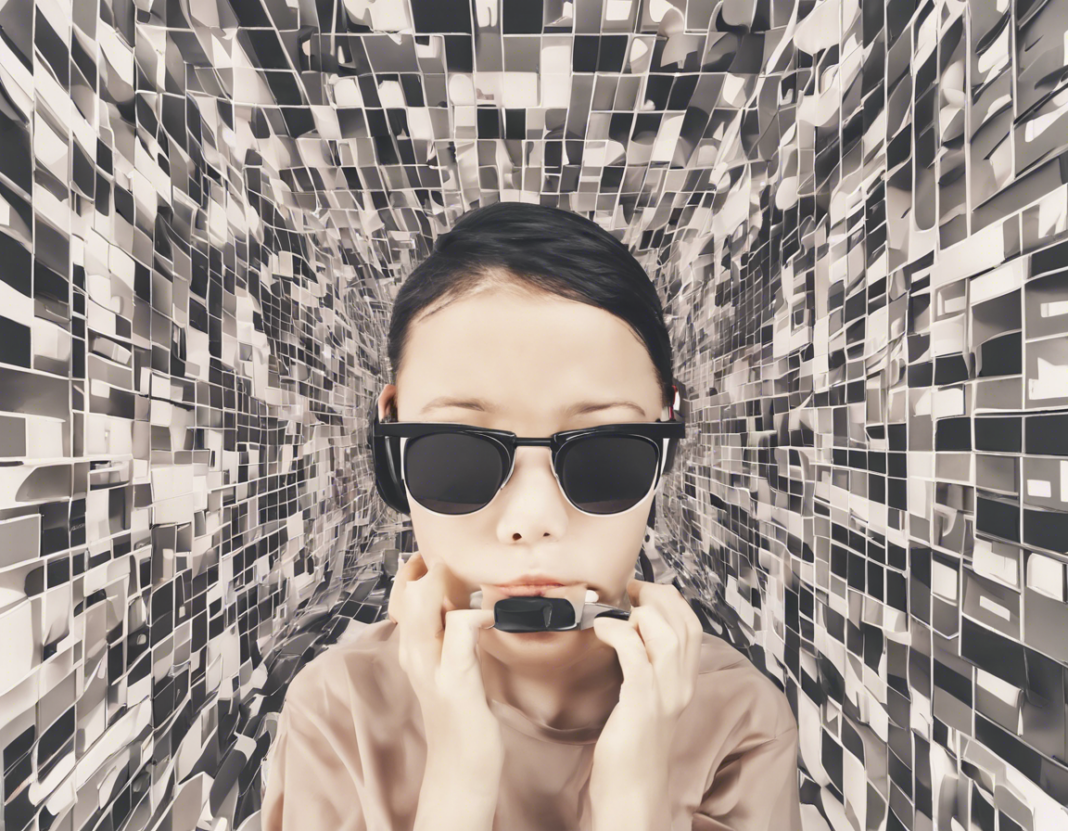In the world of physics, images play a crucial role in understanding how light interacts with different surfaces and objects. Virtual images, in particular, are a fascinating concept that can be a bit challenging to grasp for many. In this comprehensive guide, we will delve into the realm of virtual images, exploring what they are, how they are formed, and why they are important in the study of optics.
What Are Virtual Images?
A virtual image is an image formed by the apparent intersection of light rays that do not actually converge at the location of the image. Unlike real images, virtual images cannot be projected onto a screen because the light rays do not physically meet at the image point. Instead, the brain perceives the light rays as if they are coming from a specific point behind the mirror or lens.
Formation of Virtual Images
Virtual images are typically formed by diverging light rays. When light rays reflect off a mirror or pass through a diverging lens, they appear to originate from a point that is different from the actual light source. In the case of a mirror, the virtual image is located behind the mirror at the same distance as the object but in the opposite direction. For diverging lenses, the virtual image is also formed on the same side as the object but at a different distance.
Why Are Virtual Images Important?
Virtual images play a crucial role in various optical devices and systems. They are used in mirrors, lenses, and other optical components to manipulate and control the behavior of light. Understanding virtual images allows scientists and engineers to design and optimize optical systems for a wide range of applications, including imaging, microscopy, and telecommunications.
Difference Between Real and Virtual Images
The key difference between real and virtual images lies in how the light rays converge or appear to converge. In a real image, the light rays actually converge at the location of the image, allowing the image to be projected onto a screen. In contrast, virtual images are formed by diverging light rays that do not physically intersect, creating the illusion of an image that appears to be located behind the mirror or lens.
Applications of Virtual Images
Virtual images find applications in various optical devices and instruments. Some common examples include:
-
Rearview Mirrors: The side mirrors in cars produce virtual images that allow drivers to see objects behind them.
-
Microscopes: Virtual images are used in microscopes to magnify small objects and enable detailed observation.
-
Telescopes: Telescopes use virtual images to magnify distant objects in space for astronomical observations.
-
Eyeglasses and Contact Lenses: Corrective lenses use virtual images to focus light rays onto the retina and improve vision.
Frequently Asked Questions (FAQs)
-
Can virtual images be captured on a camera?
No, virtual images cannot be captured on a camera because they do not physically exist at the location where they appear to be. -
How are virtual images different from real images?
Real images are formed by converging light rays that physically meet at the image point, while virtual images are formed by diverging light rays that do not intersect. -
Do virtual images have the same properties as real images?
Virtual images have similar properties to real images, such as being upright or inverted, magnified or reduced, and located at specific distances from the mirror or lens. -
Are virtual images always formed by diverging light rays?
Yes, virtual images are typically formed by diverging light rays, although there are exceptions depending on the optical system and components used. -
How can virtual images be used in holography?
In holography, virtual images are created using laser light to produce three-dimensional holograms that appear to be located in space, despite not physically existing. -
Can virtual images be seen by the naked eye?
Yes, virtual images can be seen by the naked eye as they are perceived through the brain’s interpretation of the diverging light rays. -
What is the role of virtual images in virtual reality (VR) technology?
Virtual reality technology uses virtual images to create immersive 3D environments and simulate visual experiences that appear real to the viewer. -
How are virtual images used in medical imaging techniques like MRI and CT scans?
MRI and CT scans utilize virtual images to reconstruct detailed internal structures of the body without the need for invasive procedures, providing valuable diagnostic information to healthcare professionals. -
Are virtual images only created by mirrors and lenses?
While mirrors and lenses are common devices for creating virtual images, virtual images can also be formed by other optical elements like prisms and curved surfaces in specific configurations. -
What role do virtual images play in the field of augmented reality (AR)?
In augmented reality, virtual images are superimposed onto the real world to enhance the user’s perception of their surroundings, allowing for interactive digital overlays and information display.
By understanding the concepts and applications of virtual images in physics, one can appreciate how light manipulation plays a crucial role in modern technology and scientific advancements. The ability to create and control virtual images opens up a plethora of possibilities for innovation and discovery in the field of optics and beyond.











